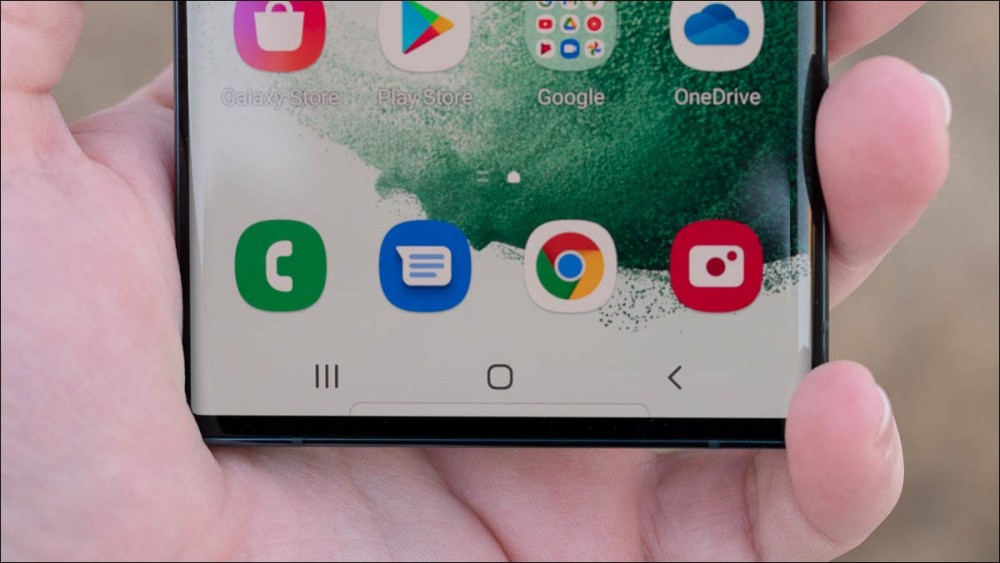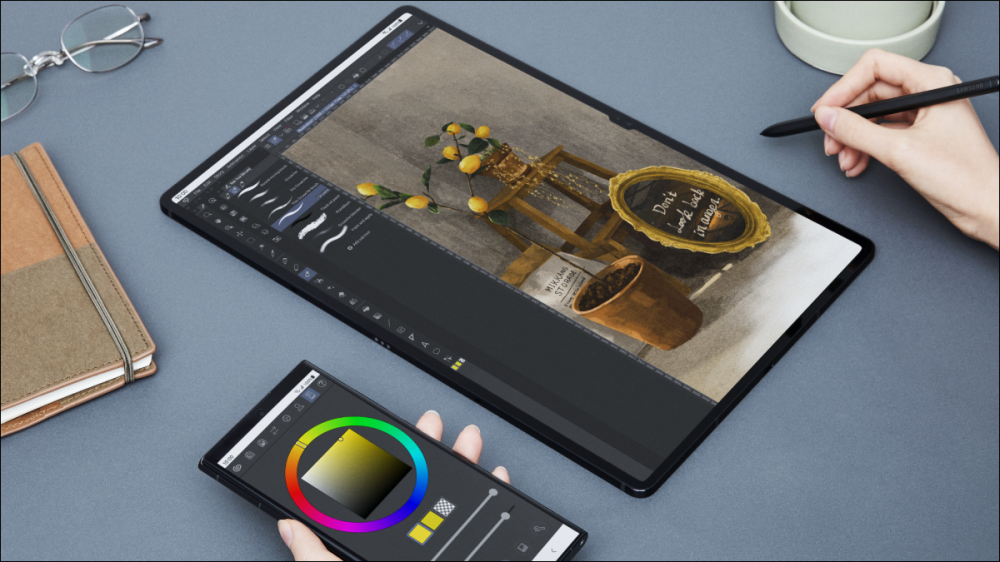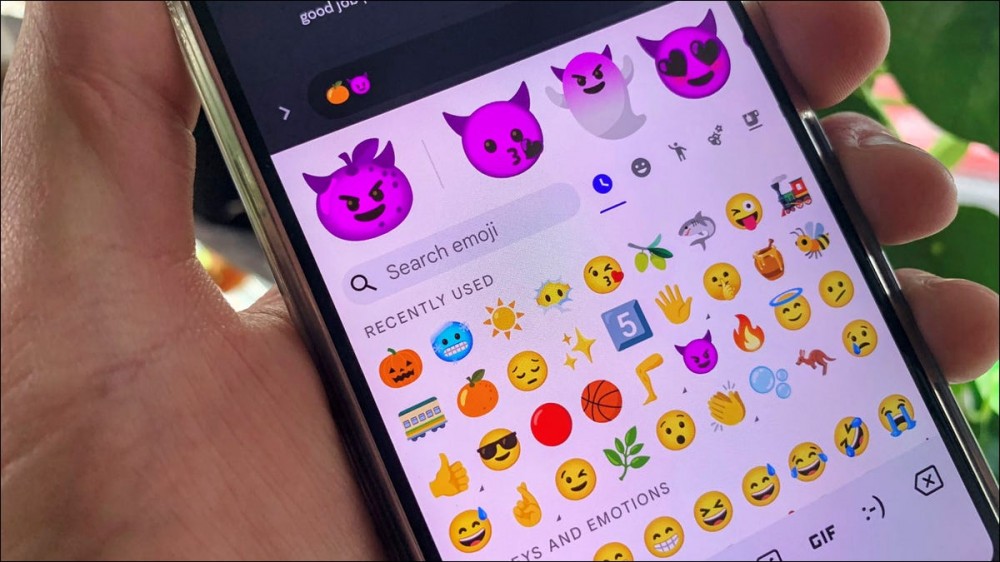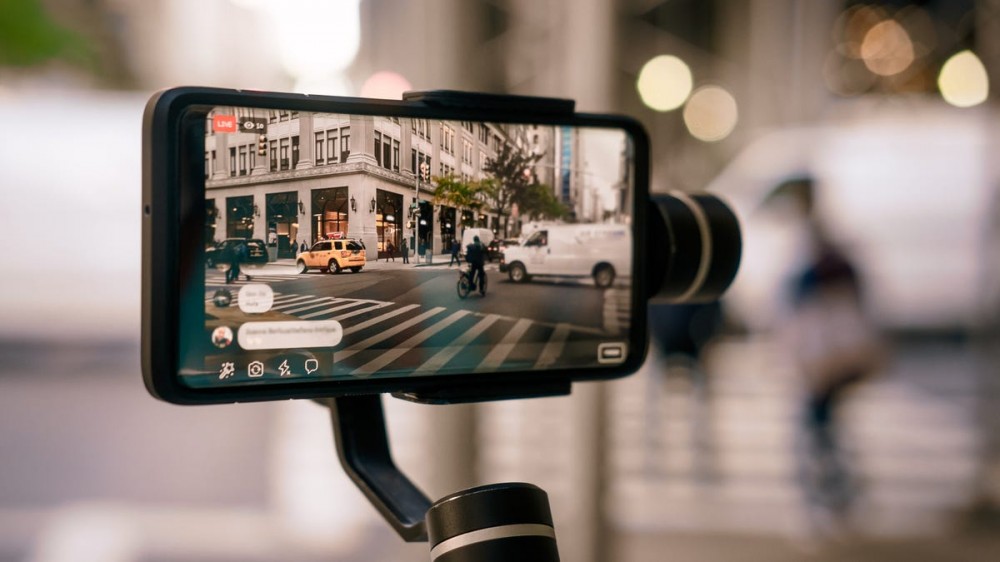
Everyone can record decent videos these days, thanks to smartphones. However, after taking what is hopefully a beautiful video, many realize it’s shaky and not very smooth or stable. It turns out humans don’t have the steadiest hands, which is why you need a camera gimbal.
Gimbals for a smartphone or DSLR aren’t anything new. These fantastic gadgets have been around forever with videographers, in the film industry, and recently for mobile devices. Many brands like DJI make great handheld smartphone gimbals (or stabilizers) perfect for social media users or amateur filmmakers.
So, if you want steady, smooth, professional-looking videos, here’s how these gadgets work and why you should buy one.
How a Phone Gimbal Works
Take Amazing Photos and Video
What to Look For in a Gimbal
Should You Buy One?
How a Phone Gimbal Works
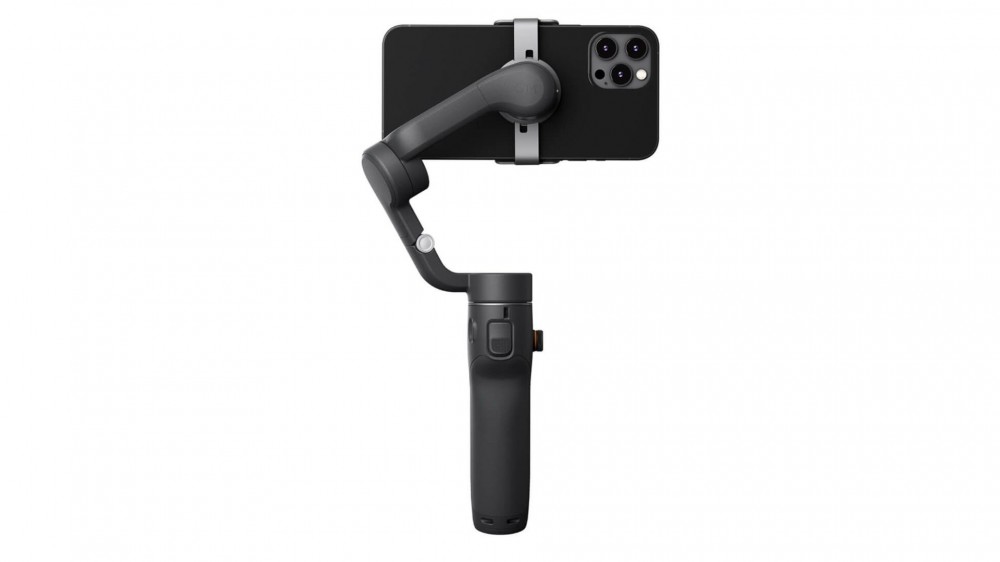
A gimbal is a device that uses motors, algorithms, and gyroscopic sensors to stabilize a camera or phone automatically. They look similar to a selfie stick, only bigger with gyroscopes around the video device, and allow for clean, smooth, stable video capture. Most standard gimbals use a two or three-axis stabilizing system, but more expensive models have five-axis stabilization and tons of features.
That multi-axis stabilization will recognize unwanted jerks, hand movements, or other shakes and use the motors to smooth things out, keep the camera aligned, and work their magic.
Think of a Steadicam used in Hollywood or at sports events, only far smaller and more affordable. Camera and phone gimbals allow for a similar experience without bulky, heavy, or expensive equipment. It’s a mechanical arm with little motors that’ll hold your phone as steady as possible.
Take Amazing Photos and Video
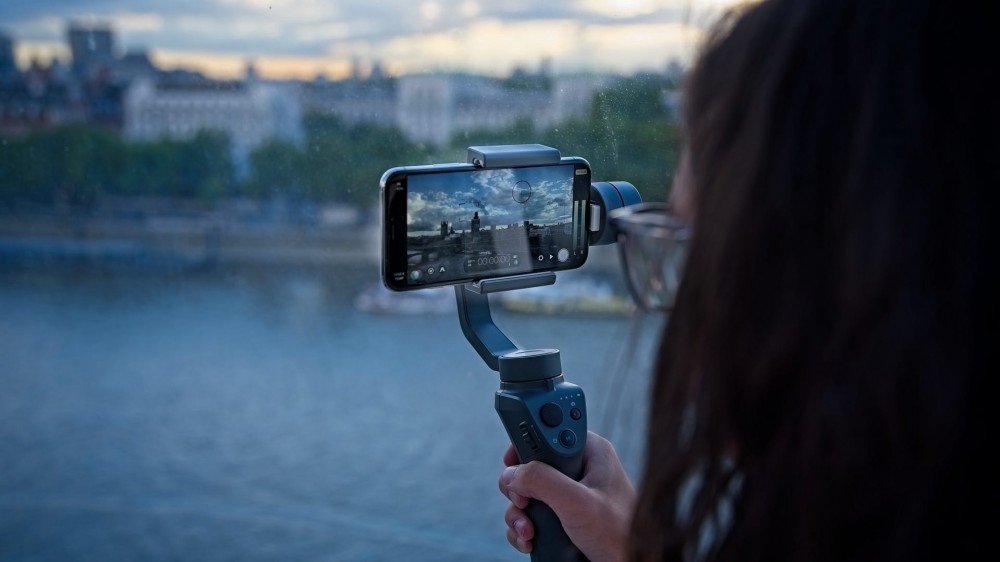
Try using a camera gimbal with a smartphone, and it doesn’t matter if you’re not holding the phone straight or have a steady hand, as it’ll do all the work for you. Furthermore, most have joystick-like controls and are easy to use.
You can pan, tilt, or rotate the camera with a smooth, steady motion and capture the perfect video. Some even come with a tripod so you can go hands-free or have a companion app that tracks the subject while recording. This opens up all sorts of options for users.
And while many new phones like the Galaxy S23 Ultra or iPhone 14 feature advanced cameras with their own “steady video” mode, it’s not the same. Switching on stabilization modes often requires plenty of lighting to capture a usable video. Plus, it can sometimes look artificial due to the processing going on behind the scenes.
With a smartphone camera gimbal, you don’t have to worry about that. You can shoot in regular video modes, zoom in, or switch to Pro mode and fine-tune your experience for any situation.
Additionally, a smartphone gimbal will let users expand their angles, shooting options, and creativity. You’ll be able to get great action shots, pan across a beautiful sunset, or think up creative ways to capture a subject—whether that’s a person, thing, vehicle, or landscape.
What to Look For in a Gimbal
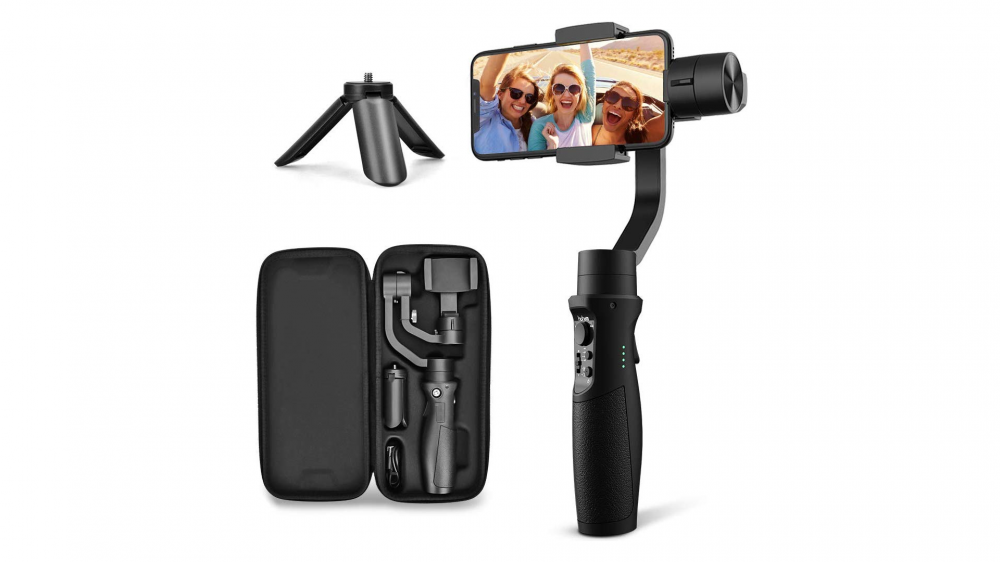
Now that you’re considering a gimbal, you want to think about what you need or what to look for. The main factors are the price, size, weight, features, battery life, and build quality.
- Design & Build Quality: Most gimbals are made from lightweight plastic, ensuring they’re small, portable, and easy to use. However, depending on your filming needs, you may want to spring for something more durable. Or, if you’re on the go, find a portable folding gimbal.
- Battery life: You want to ensure your gimbal has decent battery life. Otherwise, it could die in the middle of an epic shot. Most options on the market have a solid 8-10 hour run-time, if not longer.
- Phone compatibility: The adjustable mounting clip on phone gimbals are made to fit all flagship phones. And considering phones all come with a huge screen these days, you should be able to find one that works for your device. Still, do your research before buying one.
- Controls: Most phone gimbals have a record button, a shutter button, joysticks, or other “hotkeys” to instantly pan or tilt. You might get exposure controls or other advanced features depending on the model. Decide what features and controls are essential to you, then find one that offers the most.
- Dedicated App: Some of the best phone gimbals have a companion app to create time-lapse videos, face or subject tracking, or even video editors built-in. Look for something with all of the above for the best experience.
You can spend as little as $50, around $150+ for name-brand options, or upwards of $500 or more for a DSLR gimbal.
Should You Buy One?
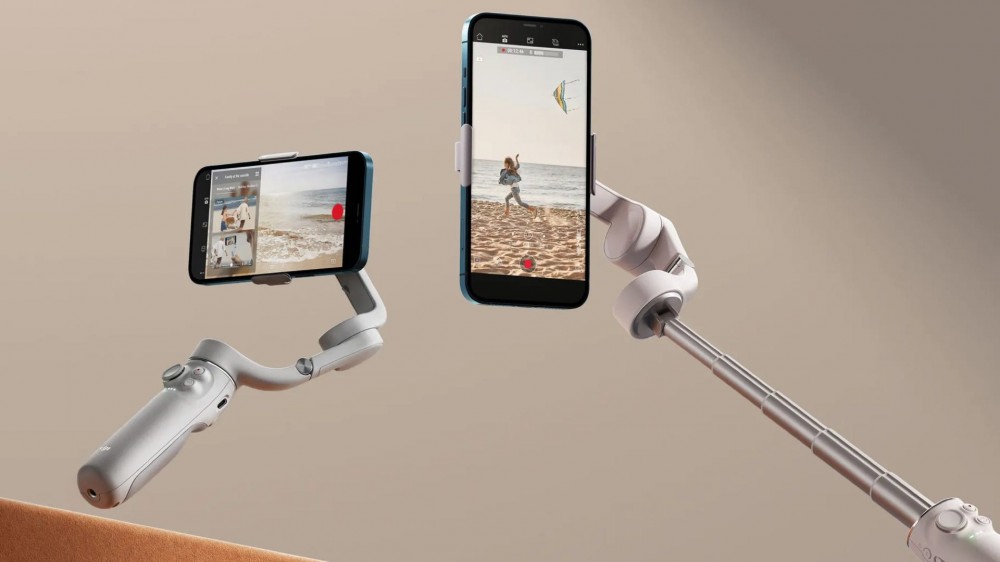
So, should you buy one? They’re available at a slew of different price points, so it’s not a huge investment, but you’ll still need to decide if one is right for you.
If you’re constantly filming or taking photos outdoors, record vlogs, or are a content creator, you’ll greatly benefit from a gimbal. This little gadget can help anyone from amateur videographers to regular users who want better video footage. Even if you shoot in a studio, a gimbal can improve your results if the camera isn’t stationary.
No matter how good your phone’s optical or electronic image stabilization is, it probably can’t beat the results of a gimbal. So, consider buying a smartphone gimbal if you want to step up your content creation game. Or, you can spring for something like the DJI Pocket 2, a gimbal with a camera built-in, and you don’t even need a phone.




